Description
You can play a lot more notes without having to read more notes when you learn to play from chord symbols (such as G7, Fm7, Dm6Â — also known as “piano tabs”)!
Most professional musicians play from a book called a “Fake Book.” I bought my first fake book containing only about 200 songs when I was a teenager — they were illegal then, but most musicians owned them — for $50. That would be equal to $500 or more now. But fortunately, they have since become legal, so you can buy a real good one with 1000 songs now for $50 or less. A fake book contains just the melody (tune) and the chord symbols of a song, so you have to know chords to use one. But when you do, your playing comes alive — you’re only reading a few notes, but playing lots of notes.
Some of the many benefits of this course:
- No more being “tied to the written music”!
- Learn to play from chord symbols!
- Do your own thing on the piano!
Feature one
Most people learn to play the piano by playing just the written music. Playing by written music is exactly what the phrase says it is — playing the exact notation on a piece of sheet music. But playing by chord symbol is very different. Instead of following the harmony note by note, you follow the chord symbols (i.e. C7 or F) written above the harmonies, filling in the gaps with…well, whatever you want as long as it sticks to those chords. Of course, you’ll still read the melody (it is, after all, often what makes the song recognizable) but even that is completely open to interpretation. Playing by chord symbol allows you a freedom that playing by written music simply doesn’t. The freedom to create. The freedom to invent. The freedom to arrange chord patterns in the way you want.
Does that mean playing by written music is less important than playing by chord symbol? No. The ability to play by written music is an extremely valuable skill, one that even some of the most famous musicians don’t possess. And while you don’t necessarily need to know the skill backwards and forwards to create great arrangements, it’s a great help.
Feature two: Chord Symbols (Cmaj7Â Â Â Â Am7Â Â Â Â Dm7Â Â Â Â G7Â Â Â Â Â Eb13Â Â Â Â Â B11Â Â Â Â Â etc.)
Chord symbols — sometimes refered to as “chord tabs” (for example, Cmaj7 or G6) are a type of notation used frequently in jazz and other areas of modern music to notate chord progressions and changes. This type of notation differs from that of classical music in that chord symbols don’t show the function of a chord the way the Roman numeral notation does. Chord symbols, for modern music with lots of changes, are much easier to read. They function as a sort of shorthand for change-heavy music and are written with four chord parts in mind: the root, the quality, the extension, and the alterations.
Feature three: How to read chord symbols
The root: The first part in chord symbols, the root, tells the musician which note is the root of the chord. In an E6 chord, for instance, the E serves as the root. In a C7 chord, C is the root. Easy enough.
The quality of the chord: Quality, the second part in chord symbols, denotes whether the chord is major, minor, diminished, or augmented. In a Cmaj7, the maj tells us that the C chord is major. The abbreviations for this area in chord symbols are maj, min, dim, and aug, respectively. So Cm means the chord is a C minor chord. Caug means that the chord is a C augmented chord.
The extensions: The extension in chord symbols, written after the quality, shows the musician if the chord differs from a triad, such as an 11th or 6th or 9th or 7th or 13th. So a C9 would mean that the C chord includes the 9th note above C, which is D. A C6 chord would mean that the C chord includes the 6th scale note above C, which is A. This part of chord symbols is not always shown; if there is no indication of an extension, the musician is to assume that the chord is a triad.
The alteration: The last part in chord symbols, the alteration, is usually but not always expressed. Think of this part as the “notes” section in chord symbols; it gives the musician any specific (and sometimes irregular) instructions for playing the chord and is always written in parentheses after the extension (or the quality, if no extension exists). For instance, (no fifth) would tell the musician that the chord is to be played with the fifth tone left out. Sus — short for “suspension”, would mean to play the 4th scale note instead of the 3rd. A minus sign would mean to lower (flat) a chord tone, such as C-9 which would mean to flat the 9th of the chord. Conversely, a plus sign would mean to raise (sharp) a particular chord tone.
Use sheet music as a map instead of a ball & chain: Reading music using chord symbols allows a person to use written music as a map, rather than a note-for-note approach — being tied to the written sheet music. By just reading the melody note and the chord symbols, musicians can improvise to their hearts content and create their own sounds on the keyboard.
What would you do if your sheet music blew away?
Did you know that many pianists wouldn’t have a clue what to do if a gust of wind blew their sheet music off the music rack? I’ve actually seen it happen, and it is very embarrassing to the pianist. And it’s so un-necessary! And there’s a true story about a famous concert pianist who could play most any piece of written music, but when asked to play “Happy Birthday” at a party, she couldn’t do it because she didn’t have any written music! Almost unbelievable, but true.
I really want you to have this course because it shows you exactly, step by step, how to make your piano playing fuller and much more exciting and interesting by reading just the single melody line and adding all the exciting stuff using the chord symbols (Gm7, Eb9, C-9, F13, etc.). (Lots of people also call them “piano tabs” — borrowed from the world of guitar tabs) If you’ve ever heard a professional pianist play all over the keyboard, and then notice that the music he or she is playing from is nothing more than the melody line and chord symbols, then you have witnessed a fake book in action!
Once you learn this skill you’ll be reading only a few notes per measure, but playing handfuls of notes — arpeggios, chords, runs, riffs, fills, etc. All I can say about this course is “Get it!” It comes with a booklet of lead sheets (just like a fake book, but with less songs) and a chord chart showing 120 chords plus actual photos of all 12 major chords, just in case you’re rusty on your chords.
You’ll learn:
- “The Secret of Playing More Notes Without Reading More Notes: Playing Piano From a Fake Book Using Just the Printed Tune and Chord Symbols!”
- Â Includes a “Book of Lead Sheets” and “Super Chord Chart”
- Learn how to break away from the written music & use sheet music as a map instead of being tied to the written music!
- Learn how to read chord symbols (also known as “piano tabs”)
- Learn how to turn a chord into a rhythmic pattern in your left hand
- Learn how to add arpeggios, echos, counter-melodies, riffs & runs to any song!
This course contains a 2-hour DVD Video & booklet of lead sheets & chord chart


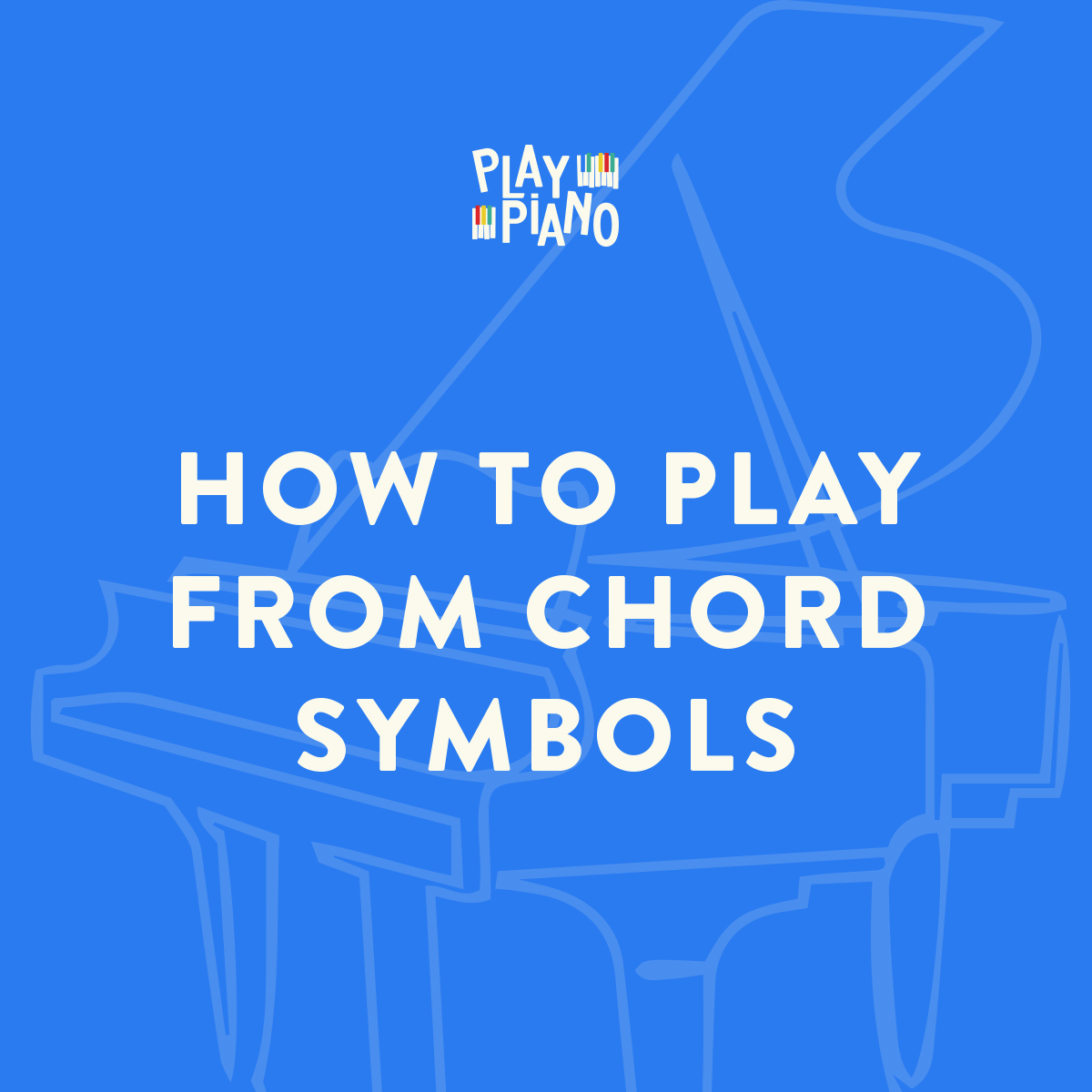
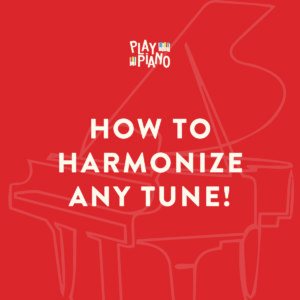
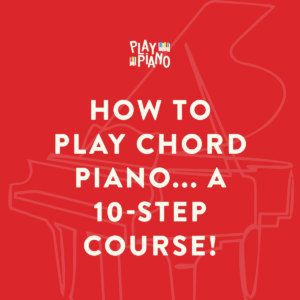
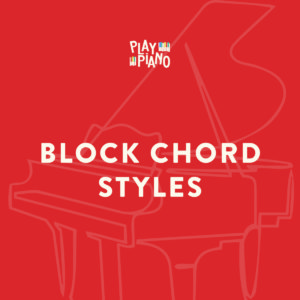
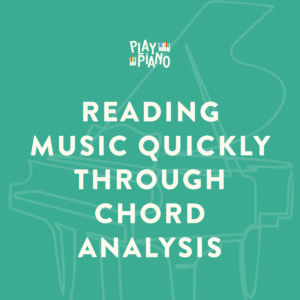
Reviews
There are no reviews yet.